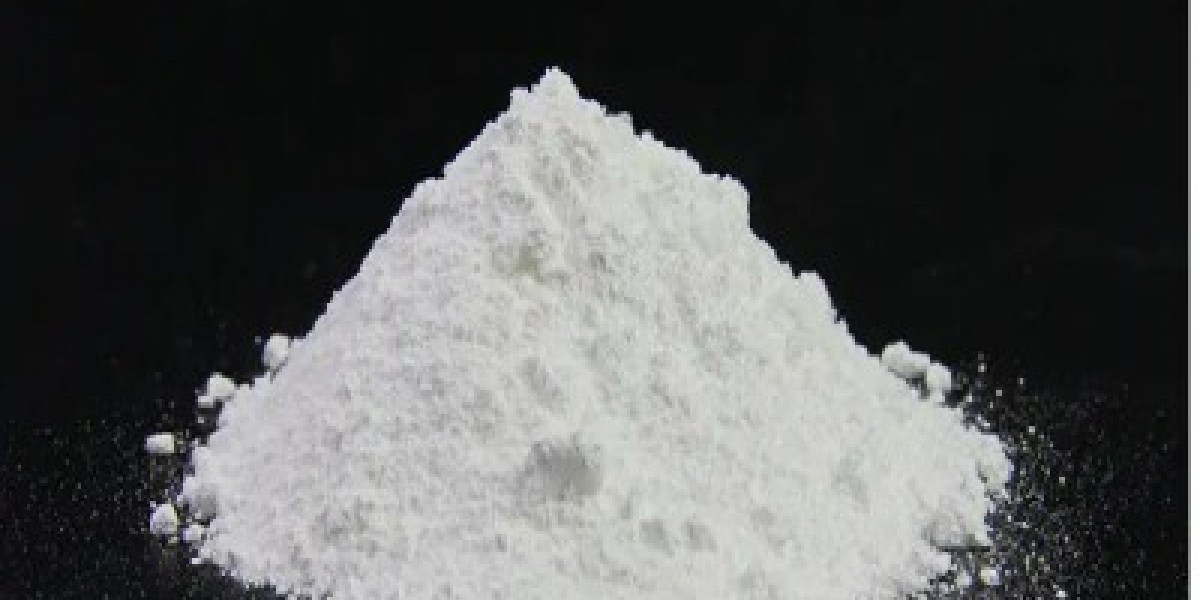Here is the translation of the detailed information about the characteristics of the chemical reagents manufacturing industry:
High Quality Requirements
- Purity and Stability: The purity and stability of chemical reagents are key indicators of their quality. For instance, in high-precision analytical chemistry experiments, the purity of reagents may need to reach over 99.99%, otherwise, the accuracy of the experimental results will be directly affected. In terms of stability, some reagents, such as enzymes and bioactive molecules, need to be stored under specific temperature, humidity, and light conditions to maintain their activity.
- Quality Standards and Certifications: chemical reagents manufacturers need to strictly comply with international and domestic quality standards, such as ISO 9001 (Quality Management System) and ISO 17025 (Laboratory Quality and Capability Accreditation). In addition, reagents for specific fields (such as those used in food testing) may also require relevant industry certifications, like the US FDA certification or the EU CE certification.
- Quality Control Processes: From raw material procurement, production process monitoring to finished product testing, manufacturers need to establish a comprehensive quality control system. For example, analytical instruments such as gas chromatography (GC) and high-performance liquid chromatography (HPLC) are used to test the purity of reagents to ensure that each batch of products meets the quality standards.
Strong R&D Capabilities
- Innovation-Driven: The pace of scientific research and technological development is very fast, and chemical reagents manufacturers need to continuously invest in R&D resources to develop new reagent products. For example, with the development of gene-editing technologies (such as CRISPR), the demand for related biochemical reagents is also increasing.
- Collaborations and Alliances: chemical reagents manufacturers often establish cooperative relationships with universities, research institutions, and enterprises to jointly carry out R&D projects. For example, some chemical reagents companies collaborate with university laboratories to develop new types of fluorescent probes or biosensors.
- R&D Investment: Enhancing R&D capabilities requires significant financial and human resource investments. Some large chemical reagents manufacturers invest more than 10% of their annual revenue in R&D, used for building R&D centers, purchasing advanced equipment, and recruiting professional talents.
Customized Services
- Diverse Customer Needs: The needs of different customers for chemical reagents vary greatly. For example, pharmaceutical chemical reagents manufacturers may require high-purity intermediate products for raw pharmaceuticals, while university laboratories may need small-packaged experimental reagents. Manufacturers need to provide customized services according to the specific needs of customers.
- Packaging and Specifications: In addition to purity and usage, packaging specifications are also an important aspect of customized services. Some customers may need large packaging (such as 500kg drums) for large-scale production, while others may only need small packaging (such as 10ml bottles) for laboratory research.
- Special Requirements: Some customers may have special requirements for the labeling, transportation conditions, or compliance of reagents. For example, reagents for export need to comply with the regulatory standards of specific countries, and manufacturers need to provide corresponding compliance certificates.
Global Supply Chain
- Raw Material Procurement: The production of chemical reagents requires a variety of raw materials, which may come from all over the world. For example, raw materials for some rare metal reagents may need to be imported from Africa or South America. Manufacturers need to establish stable raw material supply channels to ensure the quality and stability of raw material supply.
- Logistics and Distribution: To meet the needs of global customers, manufacturers need to build an efficient logistics and distribution network. For example, some highly active biochemical reagents need to be transported under low-temperature conditions, and manufacturers need to cooperate with professional cold chain logistics companies to ensure that the reagents maintain their activity during transportation.
- Supply Chain Management: The management of a global supply chain requires advanced information technology support. Manufacturers usually use Enterprise Resource Planning (ERP) systems and Supply Chain Management (SCM) software to monitor raw material inventory, production progress, and logistics status in real-time, in order to improve operational efficiency and customer satisfaction.
Summary
The characteristics of the chemical reagents manufacturing industry reflect the high demands in quality control, R&D innovation, customer customization, and supply chain management. These characteristics not only determine the market competitiveness of manufacturers but also drive the technological progress and sustainable development of the entire industry.
Search
populaire posts
-
 Software Consulting Market Revolution: Key Trends, Growth Drivers, and Future Predictions
Door ReshmaSonune
Software Consulting Market Revolution: Key Trends, Growth Drivers, and Future Predictions
Door ReshmaSonune -
 Pagi88: Komunitas Judi Online yang Ramah dan Mendukung
Door Beo4d Beo4d
Pagi88: Komunitas Judi Online yang Ramah dan Mendukung
Door Beo4d Beo4d -
 A Step-by-Step Overview to Using Bet9ja Promo Code YOHAIG for New Users
Door wyattglyde4644
A Step-by-Step Overview to Using Bet9ja Promo Code YOHAIG for New Users
Door wyattglyde4644 -
 Mascara Magic: A History, Scientific Research, and Future Of Lash Improvement
Door maynardseiffer
Mascara Magic: A History, Scientific Research, and Future Of Lash Improvement
Door maynardseiffer -
 Melbet Promo Code 2026 - Bonus 100% to $130
Door MelbetPromoPeak
Melbet Promo Code 2026 - Bonus 100% to $130
Door MelbetPromoPeak



